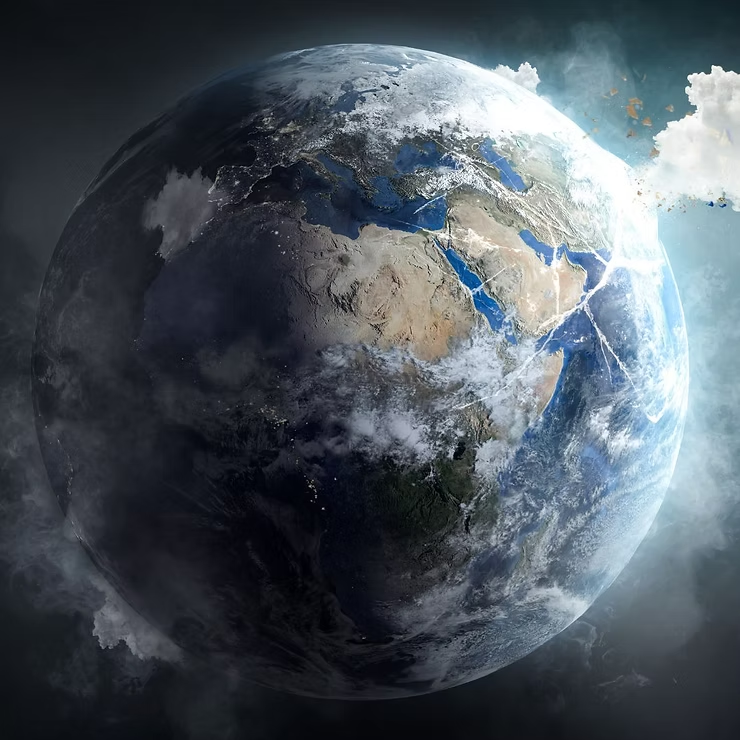Introduction
Marine animals are vital to the health and resilience of our oceans, especially as climate change intensifies. From the largest whales to the tiniest phytoplankton, each species plays a part in regulating carbon, producing oxygen, and maintaining ecosystem balance. This article explores how marine life contributes to climate resilience and highlights initiatives that enhance these natural defenses.
Key Takeaways
- Whales capture carbon and fertilize phytoplankton, boosting ocean productivity.
- NOAA programs like ASTER3 support species adaptation and conservation.
- Sustainable aquaculture and shellfish farming contribute to carbon sequestration.
- Marine animals show adaptive strategies that stabilize ecosystems in a changing climate.
- Protecting coral reefs and cetaceans is essential for long-term ocean health.
Whales as Climate Allies
Carbon Capture and Storage
Whales act as floating carbon sinks, storing tons of CO2 throughout their lives. When they die, their bodies sink, locking carbon deep in the ocean. On average, a single whale can capture 33 tons of CO2, far exceeding what trees can store. Their role in climate regulation makes whale conservation a critical strategy for carbon management.
Nutrient Cycling
Whales fertilize the sea with nutrient-rich waste, which stimulates phytoplankton growth. These microscopic plants capture large amounts of carbon dioxide and produce half of the oxygen we breathe. Phytoplankton blooms fuel marine food webs and enhance carbon sequestration, making whales an integral part of this cycle.
Conservation Benefits
Protecting whale populations restores balance to ecosystems and boosts carbon storage. Laws such as the Marine Mammal Protection Act and recovery successes, like humpback whales, show that effective policies can amplify whales’ climate contributions.
Marine Species Adaptation
Vulnerability Assessments
Not all species respond equally to climate stress. Vulnerability assessments identify those most at risk, providing insights for targeted conservation.
Scenario Planning
By forecasting multiple possible futures, scenario planning helps conservationists design strategies that remain effective under different climate conditions.
Climate-Smart Training
Training programs prepare conservation staff to apply adaptive tools, ensuring management decisions strengthen resilience across ecosystems.
NOAA Climate Initiatives
ASTER3 Program
ASTER3 advances monitoring and modeling tools to reduce extinction risks. By improving climate-informed decision-making, it builds resilience for marine species.
Science-Based Actions
- Conducting climate vulnerability assessments
- Developing predictive models for ocean health
- Equipping staff with climate-smart conservation tools
Education and Outreach
NOAA fosters ocean literacy through initiatives like Teacher at Sea, inspiring the next generation to protect marine ecosystems.
Blue Carbon and Aquaculture
Predators and Ecosystem Balance
Pelagic predators adapt to shifting prey patterns, ensuring stability in marine food webs and maintaining carbon cycles.
Sustainable Aquaculture
Innovations such as recirculating systems and algae-based feeds reduce impacts and support climate goals. Shellfish farming sequesters carbon in shells while filtering water, making it a natural climate solution.
National Aquaculture Plan
The U.S. aquaculture plan prioritizes sustainability, innovation, and habitat restoration, aligning seafood production with climate mitigation.
Coral Reefs and Climate
Bleaching Challenges
Rising ocean temperatures stress corals, leading to bleaching. Prolonged stress can devastate reef ecosystems that support biodiversity and protect coasts.
Reef Restoration
Efforts include replanting resilient coral species, managing fisheries, and reducing pollution. These measures help reefs recover and maintain ecosystem services.
Climate Importance
Coral reefs store carbon, shelter marine life, and act as coastal barriers. Protecting them safeguards both biodiversity and climate resilience.
Conclusion
Marine animals are climate allies, capturing carbon, fueling oxygen production, and maintaining ecological balance. NOAA programs, sustainable aquaculture, and coral reef restoration demonstrate how science and conservation can strengthen ocean resilience. Protecting marine life is essential to protecting our shared climate future.

